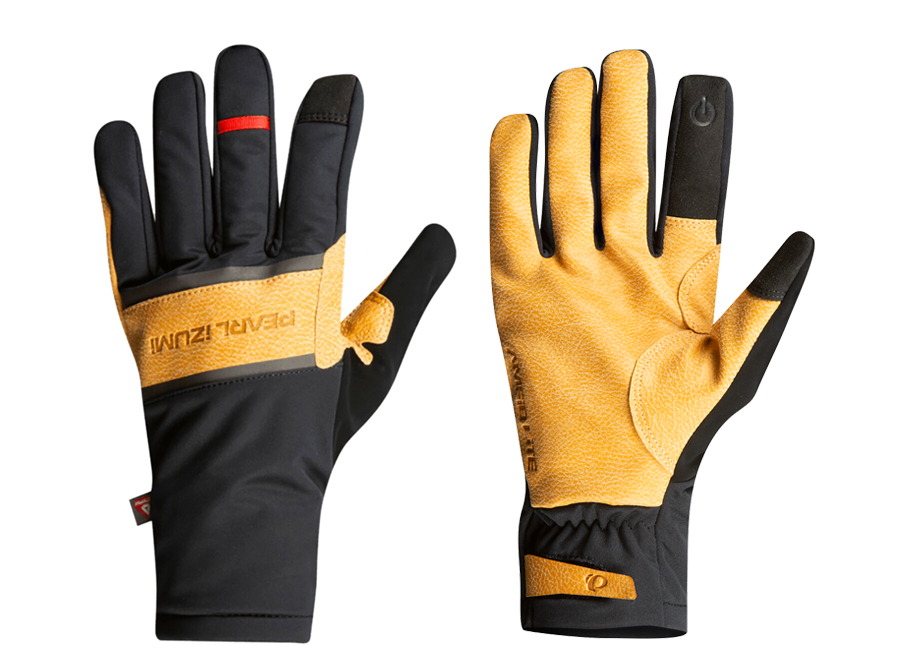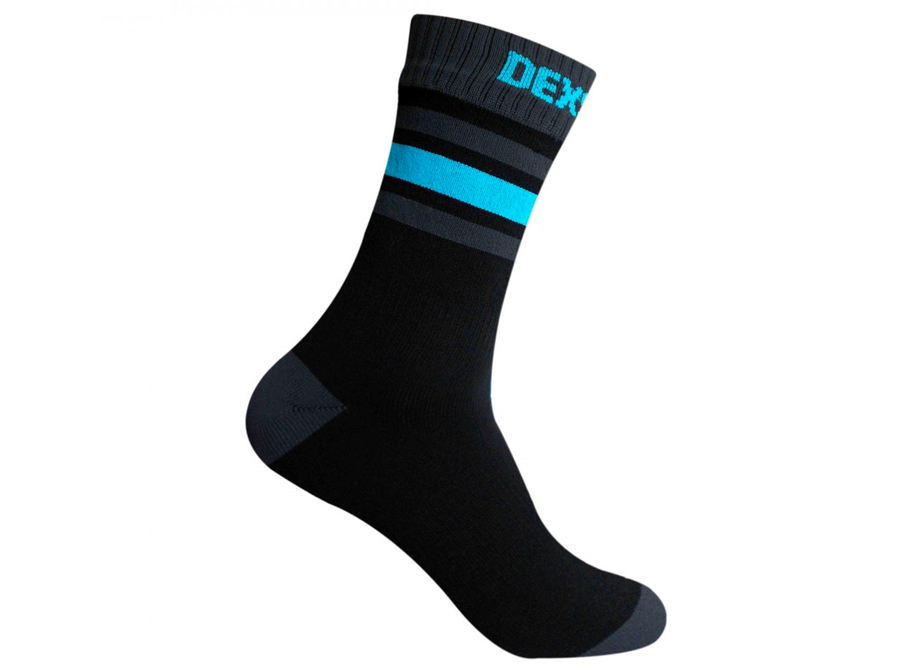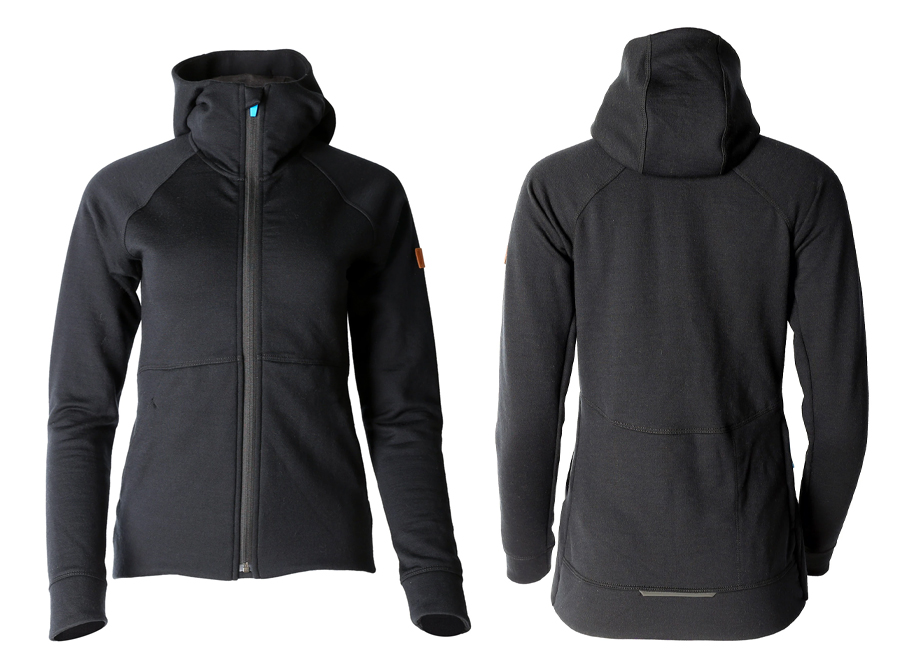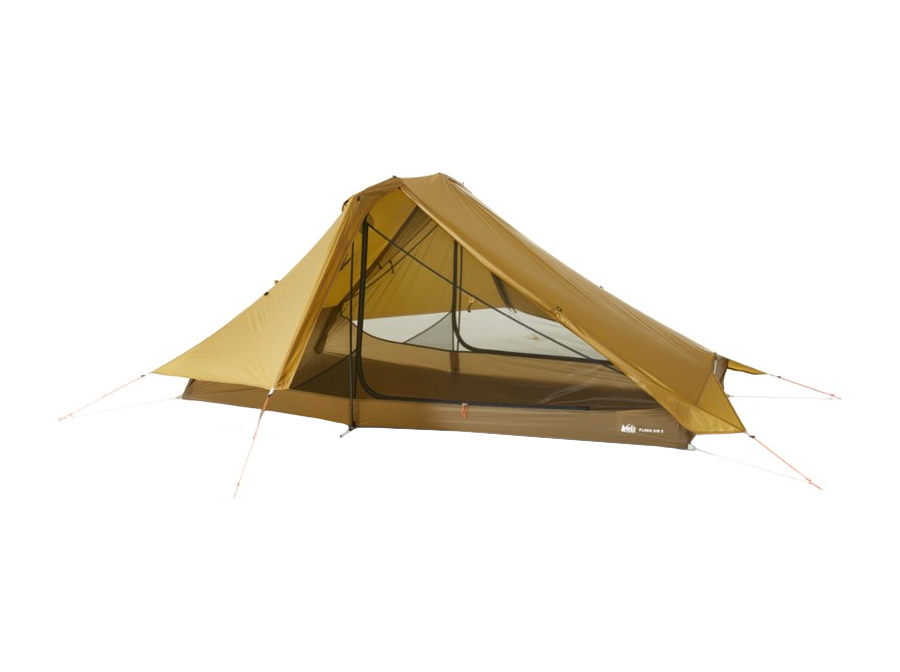Geared Up: Warm and Cozy

Pearl Izumi AmFIB Lite Glove, $55
I wore Pearl Izumi’s AmFIB Lite Gloves nearly every day for three months from August to mid-November in Montana, or during what some might call autumn. Pearl Izumi proves that you can have both: an insulated, windproof back of the hand (that’s the AmFIB technology) and a thinner, grippy front of the hand that allows for an improved tactile experience on the handlebars without sacrificing the function of a glove — to keep your hands warm and dry. Keeping my hands warm down to 40°F, these gloves check all of my boxes for a midweight shoulder-season glove, and they look great with the tan suede. As a bonus, they’re actually compatible with a touchscreen, which I find many gloves claim without success. Functional, stylish, and a good price. –Ally Mabry

DexShell Waterproof Ultra Dri Sport Socks, $39
This summer I embarked on a four-day bikepacking loop near Glacier National Park with one day of cold, wet, hiking-boot riding and three days of warm, sunny, sandal riding. I was inspired by our contrasting weather forecast to investigate the practicality of ditching the extra-weight bummer of a second pair of shoes in favor of a more packable and versatile pair of waterproof socks. We’re talking about modular bikepacking outfits, people! If I could have my druthers as a human who has worn Chacos almost exclusively for the past 14 years, I would create an unbeatable pair of waterproof, windproof socks and my beloved sandals for what I’m calling a Bombproof Three-Season Foot Solution.
After some research, I landed on a pair of DexShell Waterproof Ultra Dri Sport Socks, which are rated 4 out of 6 on DexShell’s thermal rating scale (6 being the warmest). These socks are composed of three layers (the innermost is a wool blend), which allow them to feel more like a regular wool sock than a neoprene bootie. The DEXLOK technology cuff on the inside of the sock feels similar to a super soft leather and keeps water from seeping into the tops of the socks.
Now for the test results: I rode in these socks with Chacos for about 30 miles of pavement in 37°F and was totally comfortable — these socks are truly windproof. Once the sun started setting and the temp dropped to 34°F, my feet were pretty cold and I think that was mostly due to sweating. I stuck my socked feet in the cold shower and then rode around in 32°F and my ungloved hands were the only cold extremity I felt! These socks passed my submersion test in which I placed tissue paper in the sock and waded around in cold water. The tissue remained dry. Because the outermost layer of the sock is a bit porous, they absorb water, but the water doesn’t permeate the inner layers at all. This causes the sock to feel heavier when it’s wet. After wearing these socks on hikes and while social distancing outside all fall, my consensus is that the DexShell Waterproof Ultra Dri Sport Sock + sandal combination is a total winner in temperatures reaching down to 40°F. Anything below that is a gamble. I know that next time I’m packing for a bikepacking trip in any season other than winter, these socks are going with me. –AM

Kitsbow Galena Merino Hoodie, $195
Visualize your favorite hoodie. Think about how cozy it feels and how it snugs right up to your body, an envelope of comfort that you wish you could sink into all day no matter what activity you’re doing — working, hiking, going for a bike ride, etc. The Kitsbow Galena Merino Hoodie is your new favorite hoodie, reader. Combining a seriously flattering cut with Kitsbow’s wicked-soft merino/Tencel blend fabric makes this hoodie as office appropriate as it is ready for adventure. Truly an everyday, every-activity sweatshirt.
As far as fit goes, the Galena runs a bit small, so size up if you’re typically between sizes. I’m 5’8” and 150 lbs. with muscular arms and a trim torso, and the medium fits me perfectly. As a large-headed and big-haired human, the hood is big enough to actually feel like it fits when I wear my curly hair down, which is something I struggle finding in other clothes. The rear dropped hem makes this hoodie perfect for cycling as it won’t expose your lower back when you’re hunched over the handlebars. My only gripe is that the sleeves are the perfect amount of form-fitting around my wrists, but there’s hardly any stretch to the fabric so it takes a small amount of effort to get them off around my hands. It’s a tiny sacrifice for the benefit of the cuffs staying in place when your elbows are bent on the bike, which I appreciate.
Sure, the price might have your mouth slightly agape, but Kitsbow sews their products right here in the USA and merino lasts forever — especially when it’s blended with 13 percent Tencel for extra durability. Just remember not to wash your merino unless you really have to if you want it to have the longest life possible. The more you wash, the more you lose the protective, antibacterial lanolin coating of the wool. We all have that one (or two, or three) piece of synthetic clothing that smells funky after one wear. No funky smells with merino! –AM

REI Co-op Flash Air 2 Tent, $299
REI Co-op’s Flash Air 2 is a lightweight two-person tent aimed at bikepackers and backpackers alike. As a non-freestanding hybrid single-wall design, it needs to be fully staked out to function, and the rain fly is part of the tent body, which cuts weight but makes for bulkier packing. Instead of using a couple of long tent poles to create a structure like most tents, the Flash Air uses only a tiny pole at the feet, two vertical poles on either side, and two funny-looking “pole hubs” that join with the vertical poles to support the roof. They don’t even meet in the middle! It’s an unusual but effective design.
I made a point of referring to REI’s detailed instructions when setting it up, and once I got the hang of it, it took me no longer to pitch than my go-to Big Agnes Fly Creek. At 88 inches, it’s the longest tent I’ve used, and at 52 inches wide at the head, it’s plenty wide for two people (for a night or two, anyway). It’s not the tallest tent out there, but with a flat ceiling and straight, vertical walls, it feels pretty roomy when sitting up. The vestibules are generously sized, and the side doors are positioned to allow for easy ingress and egress.
I used the Flash Air exclusively in the area around my new home of Salt Lake City, meaning mostly high desert conditions with zero precipitation. In other words, I can’t speak to how well the tent handles rain. One of the downsides of single-wall designs is they’re more susceptible to condensation buildup inside the tent, but I never noticed any moisture on the tent walls at all, even when camping near a lake or on cold nights. It helps that the Flash Air is a very airy tent, indeed the most well-ventilated tent I’ve slept in (I opened the upper vents each time). That level of ventilation was a boon on warmer nights, but not so much on one particular very cold night during which the tent just would not retain any heat (there was snow on the ground, after all). A winter tent it ain’t.
I should also note that I wasn’t particularly kind to this tent, and yet it came out of the review process in perfect shape (I used the footprint every time). Even the stakes came out straight after I repeatedly bashed them with rocks into the hard ground. And I appreciated the Mountain Moss color, which looks great in person and makes for easier stealth camping.
If you’re looking for a roomy, lightweight, well-ventilated tent, REI Co-op’s Flash Air 2 is worth a look. At two and a half pounds, it’s slightly heavier than other ultralight two-person tents — we’re talking a couple of ounces here — but for $299, it’s lighter on your wallet. –Dan Meyer

